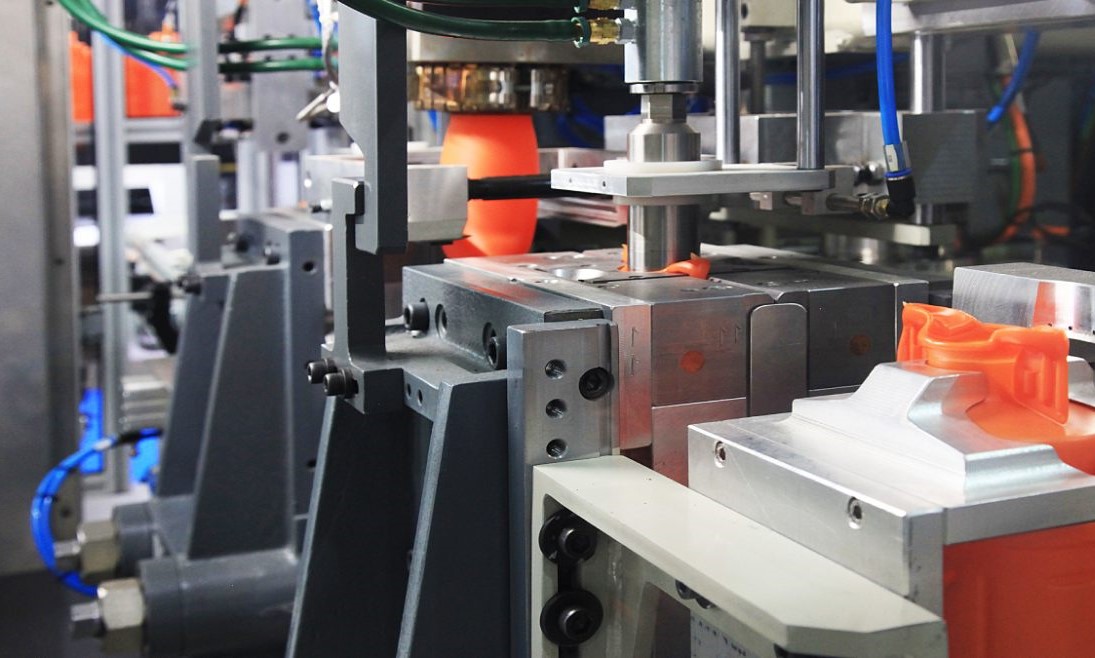Injection molding is one of the most efficient processes in the manufacture of plastic parts. Learn the step-by-step process of this method
Injection molding is one of the most widely used methods for the manufacture of plastic parts, especially when large runs of identical parts need to be produced.
In this step-by-step guide we share the essentials of this process that is widely used in the construction, engineering, and component manufacturing industries, among others.
The steps of injection molding
One of the most crucial aspects of this manufacturing method is the creation of the mold. Once the initial mold has been manufactured, the price per unit manufactured with this method is comparatively lower.
Assuming that the mold has already been created, the injection molding process can consist of 6 steps:
Clamping
Injection molds are usually manufactured in two shell-style pieces, so in this first clamping phase, the two metal plates of the mold are pressed together in a mechanical press.
Injection
When the two mold plates are joined together, injection begins. The granulated plastic is melted until it becomes liquid and then injected into the mold. It is crucial to maintain a constant temperature during this process.
Dwelling Time
Once the molten plastic fills the entire mold, pressure is applied to ensure that the liquid fills the entire cavity and the final product is identical to the mold.
It is common for this time to be no more than 2 seconds and very rarely exceeds 3 seconds.
Cooling
The cooling stage is the simplest, in which the mold is left to rest so that the hot plastic inside can cool and solidify into a usable product.
The time required to completely cool and solidify the part depends on several factors such as the type of plastic material, the thickness of the part and the efficiency of the cooling system.
This step is critical, as cooling too quickly or too slowly can affect the quality of the final part.
Opening the Mold
Once the part has cooled, a clamping motor will slowly open the two parts of the mold to allow for safe and easy removal of the final product.
Ejection
With the mold open, an ejector bar pushes the solidified product out of the mold. The manufacturer then cuts away the waste material and refines the product for the customer. The waste material can be recycled and reused, reducing costs.
Machines Used in Injection Molding
The first injection molding machine was patented by American inventor John Wesley Hyatt and his brother Isaac in 1872. It was based on a model similar to a large hypodermic needle that forced melted plastic through a cylinder into a shaped mold.
Early products made using this process included buttons, suspenders, and combs. It was after World War II, when an unprecedented demand for low-cost, mass-produced products was created, that injection molding became one of the main methods of plastics processing.
Modern injection molding machines consist of two main parts, an injection unit and a clamping unit.

